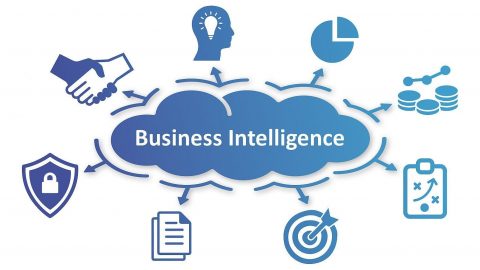
Illustrator (Source: Internet)
The manufacturing industry is increasingly affected by the development trend of technology.
Organizations are looking for tools to give them an edge over competitors, data-driven systems are gradually replacing traditional management systems, and more and more manufacturing businesses are taking steps. There is a great need for data usage, but they have not found a way to make use of it smarter. There is a lot of useful information but it doesn’t seem to be of interest to them. The business intelligence model (BI) helps to increase the ability of these organizations to use the data collected most effectively. BI can rearrange and resolve issues to make the right decision.
Every field of production is effectively changed when using BI. The same is true for assembly businesses. They are not willing to use the information gathered in a smarter way. The use of BI helps them avoid unnecessary waste of information.
Business intelligence is the senior plan of the executives. Gartner expert Michael Smith revealed that in a survey of CEOs and business managers in North America differentiated their two leading investment focus areas: Business analysis contributed 71% and the Report Advanced finance contributed 56%. Many different factors are motivating the industry’s operators to create benefits in business intelligence. However, there is still a big gap between the data they need and the data they can easily access and use.
Business intelligence in the manufacturing sector can be used to analyze various factors such as business results report (P&L), inventory, sales, resources, etc.In this way, you can Gain knowledge of the rate of return on investment (ROI) in each period. Amplifying total revenue is one of the most important but also very difficult goals of manufacturing organizations. You can do this by building external profits and reducing internal costs. BI encourages you to distinguish better approaches to income generation and contingency expenses by analyzing cost benefits. With tables tracking different components such as revenues and expenditures; sales, purchases, asset management, etc.. you can get more in-depth analysis of each of these variables.
Investing in an intelligent business model is quickly backed by the great benefits it brings to the business through accurate data analysis. Top indicators are really meaningful for organizations of all sizes because they characterize issues that directly affect investment. Business intelligence and data analysis are the most useful tool in capturing business operations.
Productivity and Quality Office